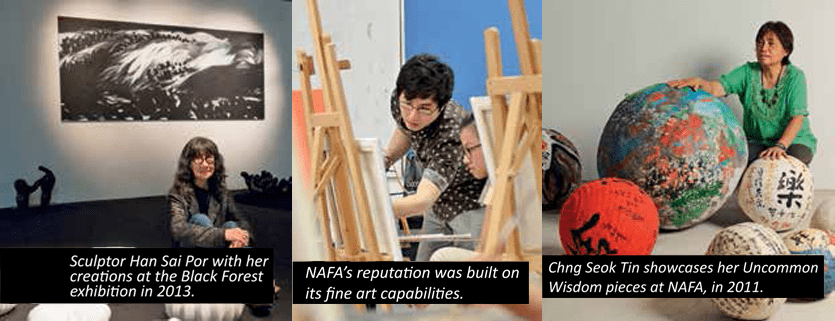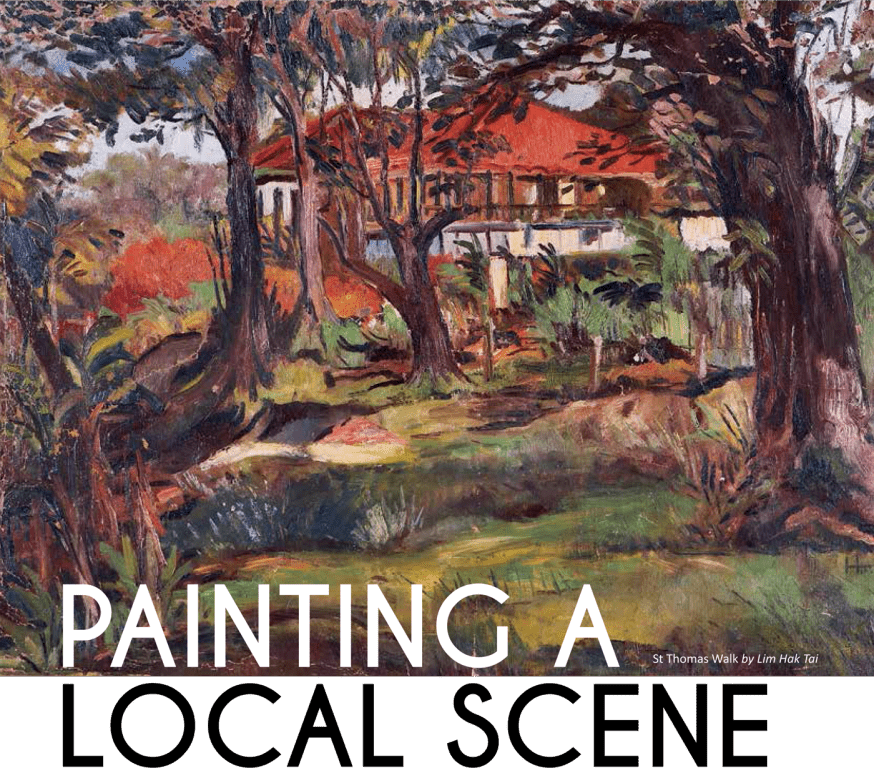
The Nanyang Academy of Fine Arts has exerted a strong influence on the Singapore arts scene since its founding in 1938. Today its graduates are making their mark in a big way in areas such as architecture, fashion and even video games.
By Danesh Daryanani
ehind this metanarrative of the Singapore story are individual stories. These stories are of troubled journeys, separation, making a home in a foreign land, opportunities, fortune, war, the Japanese occupation, being part of Malaya, independence, nation building, prosperity, crises, diseases and more recently, navigating the future as a first world country.
They were and still are being told through various art forms — literature, performing arts and the fine arts. As the population grew, some of these art forms merged and a Singapore ‘voice’ started to emerge. While we can trace the history of Singapore arts to as far back as the 2nd century, the intentional nurturing of the arts here began when the Nanyang Academy of Fine Arts (NAFA) was founded in 1938.
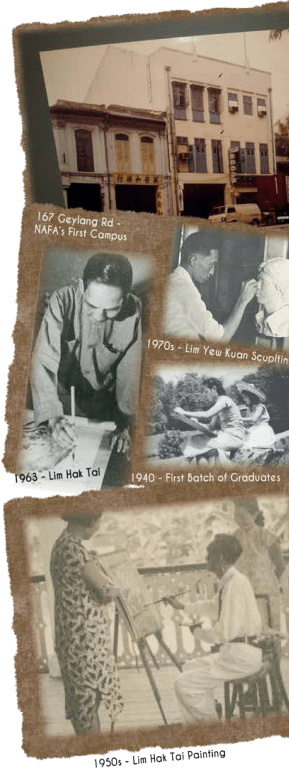
Forging A Common Belonging
One of the earliest formal institutions of the arts in Singapore, NAFA has exerted a strong influence on the local scene. The serendipitous establishment of NAFA can be traced back to a transit visit and a war across the South China Sea.
Chinese artist Huang Sui Heng, who was trained in Japan, founded the Xiamen Art Academy in Fujian province. In the early 1930s, he briefly transited in Singapore on his way home from France. His interest in the island was piqued when he realised that Singapore was a point of confluence for commerce and potentially, the arts. At that time, commerce was the order of the day while artistic and cultural pursuits were largely neglected.
However, he saw the potential for a bustling arts scene and wanted to set up an institution for fine arts on the island that would perpetuate modern art expressions based on history and political identity.Upon his return to China, he broached the idea to Lim Hak Tai, a colleague and teacher at the Xiamen Academy of Fine Arts.
As immigrants streamed into Singapore to take advantage of a thriving port and make their fortunes, they came with stories and fables from their homelands told in unique ways — through their literature, dance and art. This has evolved in tandem with the cultural identity of this city-state.
Prime Minister Lee Hsien Loong at the launch of the Singapore Heritage Festival, 2013
The idea was received enthusiastically but nothing was done to set up the institution until the Sino-Japanese war in 1937. The outbreak of war prompted Lim and a group of art teachers to move to Singapore to start an arts institution. Through funding and support from local businessmen and the arts community, NAFA admitted its pioneering cohort of 14 students on March 10, 1938.
Right from the start, the premise of NAFA’s artistic expression has revolved around nationalism and identity. Although the founders had both hailed from China, they viewed Singapore as their new home and a place that would give them fresh opportunities.
Bridget Tracy Tan, director of the Institute of Southeast Asian Arts and Art Galleries at NAFA reveals: “In choosing to found an art school, they (the founders) lay the basis for value creation, bonding, social needs and cultural flowering.
“This was at the time when the society and community was evolving and endeavouring to define their profile as a nation, a country, and to forge a sense of common belonging.”
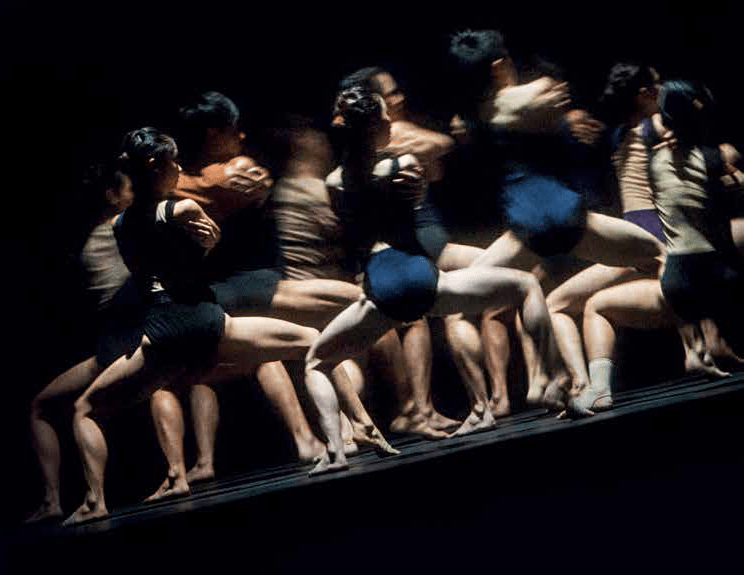
NAFA’s artistic expressions have embraced contemporary and traditional forms.
A Unique Style
The first teachers of NAFA were artists trained in both classical Western and Chinese art; and both were influenced by modern Western arts and later, modern Japanese arts.
“The disciplines of painting, drawing and sculpture, for example, had one common element: the principle of channelling expression and aesthetic values through visual and formal representation,” explains Tan.
“Today, although the disciplines have expanded into new media and contemporary art, and a portfolio of dramatic (theatre) and dance arts, the overriding principles of expression and aesthetic value still hold. Photography, video, film, street and graffiti art, as well as performing and installation art all point in the same direction, endeavouring to communicate and seek relationships through their expressions.”
The influence of NAFA gave rise to the ‘Nanyang Style’, a unique blend of techniques from Chinese pictorial traditions and the School of Paris. The Chinese culture initially had a disproportionate influence on the ‘Nanyang Style’ — but when NAFA — which shut down from 1941 to 1945 — reopened after the Japanese Occupation, its artistic inspiration was more encompassing with strong influence from Southeast Asia.
In fact, it was the first principal of NAFA, Lim Hak Tai, who laid down the principles for the ‘Nanyang Style’ after the war. The style, he articulated, “should incorporate influences from the different races in the Malayan peninsula and express local tropical flavour.” It should also reflect the experiences of the Chinese in establishing a new home and the new social ties that were forged.
Many prominent ‘Nanyang Style’ artists emerged during the 1940s and the 1950s. For example, painters like Cheong Soo Pieng, Chen Chong Swee, Chen Wen Hsi and Liu Kang were influenced by the exoticism of Bali. Inspired by the bright colours, sights and sounds of the Indonesian island, they incorporated these influences into their iterations of the ‘Nanyang Style’. They also attempted to articulate a Southeast Asian view by integrating the Chinese, Western and Southeast Asian works, to create their own style.
Just like Singapore’s societal make-up, the ‘Nanyang Style’ is the delicate merger of influences. For example, Chen Chong Swee’s Washing By the River (1950) integrated realism and local subject matter with the techniques and structure of Chinese painting. Liu Kang’s Life by the River (1975) integrated the techniques of Chinese landscape tradition with the colour techniques of post-impressionist Western painting.
Even today, the ‘Nanyang Style’ continues to influence Singapore art and is evolving to embrace new influences of a global city.
Forming The Singapore Identity
By the 1980s, the importance of the arts could no longer be denied and was at the forefront of the national agenda. Singapore’s former President and then-Deputy Prime Minister, Mr Ong Teng Cheong, championed the cause for Singapore’s arts and cultural landscape. The resulting report of the Advisory Council on Culture and the Arts (ACCA) was considered a watershed and provided a blueprint for the nascent cultural scene and the creation of an emerging cultural identity. Following the report, the number of arts activities increased from 1,700 in 1988 to 33,884 in 2010.
Singaporeans have since deepened their sense of appreciation of the role the arts plays in broadening minds, deepening sensitivities and creating common and shared social bonds.
— Prime Minister Lee Hsien Loong
Arts will help us establish the sense of true belonging and ownership, the search for a common culture despite our diverse, multi-ethnic makeup and the expression of a national identity through art-making.”
The country has also grown from an island scattered with kampongs or villages, into a dense urban city with extensive global linkages. This global network has not only been crucial to Singapore’s survival; it has also played a major role in influencing the country’s arts scene.
Tan explains: “The arts reflect who we are. It represents time, values we believe are important, opportunities for sharing, and common cultural sharing (even in diversity). The arts also represent who we are in our heart and thoughts.”
— Bridget Tracy Tan, director of NAFA’s Institute of Southeast Asian Arts and Art Galleries
“The disciplines of painting, drawing and sculpture, for example, had one common element: the principle of channelling expression and aesthetic values through visual and formal representation.”
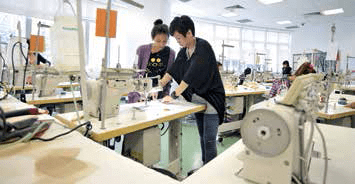
Fashion studies are part of the curriculum.
The Art Of Crafting A Future
With its rich history, NAFA continues to be relevant through the decades by ensuring the Singapore story is depicted in a manner consistent with the preference of the community — locally, regionally and globally. As the genetic makeup of Singapore changes rapidly, the arts will continue to be important in fostering a common identity. As Prime Minister Lee Hsien Loong said, “we are still building the Singapore identity.”
This is true. And it will not stop as Singapore is on the verge of an artistic renaissance.
A statement from the Report of the Arts and Culture Strategic Review dated January 31, 2012, aptly summarises the critical role of the arts: “The time has come to focus on our identity, and strengthen the national unity that has brought us so far.”
“Arts and culture will secure our identity amidst the multiplicity of global influences today, even as we remain open to the world.”

